Our Blog
Blog All Items Title
All Recent Articles
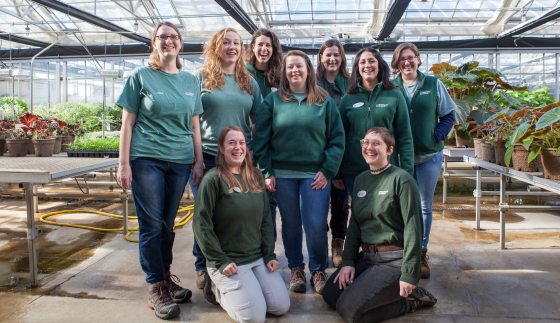
Celebrating Women in Science: A Community Read
Our 2018 Community Read, now in its fifth year, features three titles and a multitude of activities that celebrate female scientists: Lab Girl by Hope Jahren, Women in Science by Rachel Ignotofsky, and The Tree Lady by H. Joseph Hopkins. At Longwood, our dedicated staff, students, and volunteers—many of them women—work behind the scenes to bring you the beauty of our Gardens through the art and science of horticulture.

“Orchid Extravaganza” at Longwood Gardens
I love visiting gardens whenever I can, especially during this time when many conservatories are filled with colorful orchid displays. If you're in or near historic Kennett Square, Pennsylvania from now through March 25th, I encourage you to make a stop at Longwood Gardens to see the annual “Orchid Extravaganza.”

Extra! Extra! It’s Orchid Extravaganza!
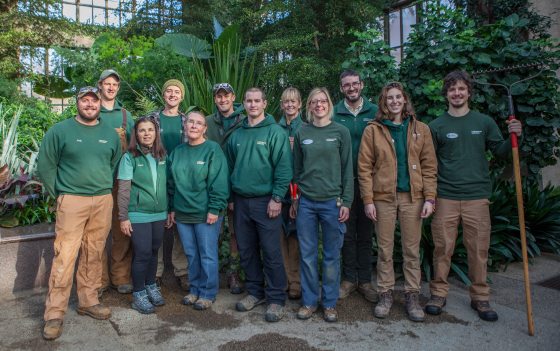
Longwood Staff Assist with Hurricane Irma Recovery
Four months after Hurricane Irma slammed into Florida’s Gulf Coast, some public gardens are still picking up the pieces. On December 10, 2017, Longwood sent a team of 12 staff members to Florida to assist with post-hurricane recovery at Montgomery Botanical Center (Coral Gables), Naples Botanical Garden, and Vizcaya Museum and Gardens (Miami), all of which suffered extensive damage.

That Mysterious Place
Now that the Main Fountain Garden is open, visitors can once again access the lower half of one of the most mysterious features at Longwood—the Chimes Tower. Kids and grown-ups alike are fascinated by this fairytale structure that stands prominently in the landscape.

A Longwood Christmas à la Française!
This year, our horticulturists are celebrating Christmas with a French flair, heralding the season with many a fleur-de-lis. You’ll spy this floral symbol of French royalty throughout our Conservatory—as ornaments on trees, in the design of the fruit floating on the Fern Floor of Exhibition Hall, and in the living wreath near the Potting Shed. A sense of luxury and opulence weaves through our Garden spaces, creating a tapestry of exquisite details. In a single visit, transport yourself to the palatial rooms of Versailles or to the quiet countryside of Provence, with your imagination as your passport.

Nurturing Rainbows
The completion of the Main Fountain Garden in 1938 is followed by periodic change and transformation.
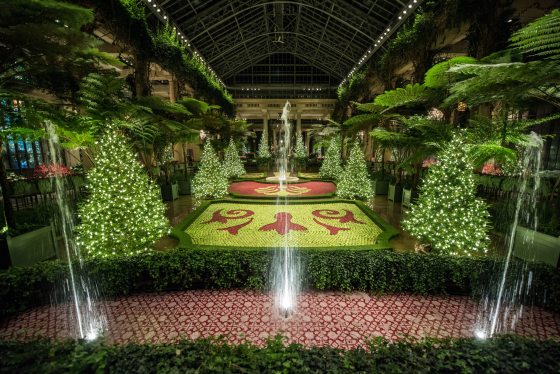
The “Nuts & Berries” of our Parterre Garden
Longwood’s Christmas display develops around a theme—some unifying concept that ties together the colors and imagery throughout the Conservatory. The theme is chosen by our horticulture staff, who then involve colleagues from throughout the Gardens to brainstorm ideas and come up with different ways to express the theme. This year we were inspired by the motifs of classical French design. As soon as the French theme was chosen, we all agreed, “There must be a parterre garden!”
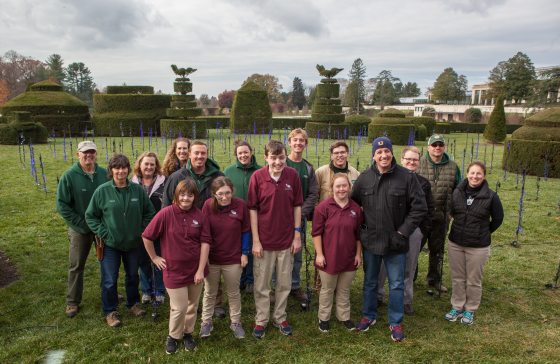
Students Discover Joy in a Job Well Done
“It’s heaven,” exclaimed Natalie Kramer when the twinkling white and blue lights began to dance for the first time in our Topiary Garden. Kramer is one of four students who have been working since September assisting Longwood Staff members on the building and installation of the Gardens’ newest holiday light display.

Flamenco Dancer Stomps on Competition
In October we wrapped up our third season of a friendly competition in our Trial Garden. Our gardeners submitted plant combinations and designs that were showcased for all of our guests to enjoy—and vote for their favorites!
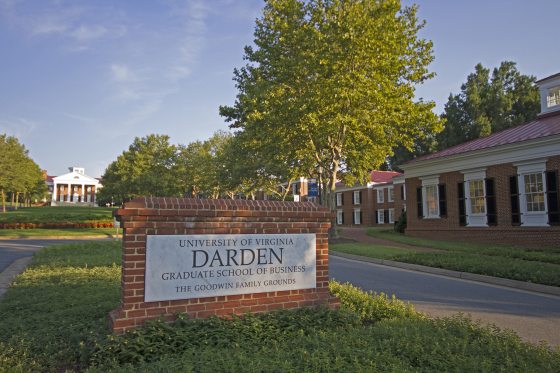
Longwood Fellows Dive into the Business of Public Gardens
Great public gardens must function as successful businesses to provide maximum impact and return on their mission. Leaders of nonprofit organizations focus on mission while also exercising fiscal discipline in order to meet their strategic objectives.
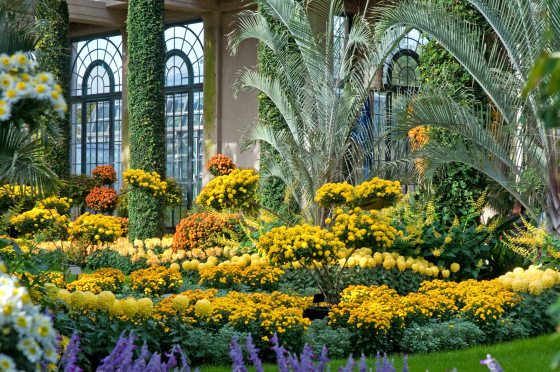
Get to Know Our Chrysanthemum Festival
As Longwood’s Display Designer, it is my responsibility to make sure that our Chrysanthemum Festival is beautiful and engaging. In order to make the Festival successful we rely on a very talented group of individuals, and it is my privilege to lead the creative process. The plans for Chrysanthemum Festival happen more than one year in advance, starting with my conceptual plan that takes into account color, height, texture, and other aesthetic considerations.

A Grand Return Filled with Gratitude
This past May, as we debuted our Main Fountain Garden, I was filled with awe and anticipation. Watching the revitalization over these last few years has been humbling, to say the least. Fast track 158 days later and the reception the garden received in its summer-into-fall revival surpassed all our expectations.

A Visit to Longwood Gardens
While I was at QVC earlier this week, I had the opportunity to visit the exquisite Longwood Gardens in Kennett Square. If you are in the area through November 19th, stop by and visit the Chrysanthemum Festival, where you’ll see thousands of colorful mums planted in orbs, spirals, and pagodas—you’ll love it. Here are photos from my recent visit to Longwood Gardens—enjoy.

Bartram’s Garden Welcomes Longwood Fellows
In the early 1800s, at the country’s first botanic garden, Ann Bartram Carr welcomed boaters by serving them ice cream. Today, neighborhood kids ride Bartram’s Garden kayaks out to a raft on the Schuylkill River where they, too, are greeted with free ice cream. Such is the spirit of welcome that we, the Longwood Fellows, were greeted with during our recent visit to Bartram’s Garden.

Our Otherworldly Grotto
Grottos are natural or artificial caves used since antiquity as spaces of devotion or retreat in the landscape. From the the caves of Homer’s Odyssey and Ovid’s Metamorphoses, to the rock-cut grottos of Hellenistic Rhodes and spring-fed crypts of Apollo’s oracle at Delphi, the tradition of grottos is founded at the intersection of history and myth.

Longwood Fellows Engage in Leadership Salon
On July 27, the inaugural cohort of Longwood Fellows traveled to Drexel University in Philadelphia, Pennsylvania, for the first in a series of Leadership Salons that will expose the Fellows to thought leaders in public horticulture and beyond and to the challenging topics they face in the nonprofit sector. This first salon, led by Danielle Rice, Ph.D., Director of Museum Leadership at Drexel University’s Antoinette Westphal College of Media Arts and Design, focused on the history of urban public spaces—an appropriate place to begin.

America’s Versailles
West 8 urban design & landscape architecture has had the privilege of serving as master planners and landscape architects at Longwood Gardens since 2009. During this time, our team has gotten to know the culture, staff, traditions and seasons at Longwood, and walked every corner of the 1,077-acre site. For the Master Plan and the Main Fountain Garden we have worked with Longwood to take a big step back from the complex details of the horticulture and day-to-day operations. Along with our client team at Longwood, we have a huge ambition—to further root the Gardens within the canon of the greatest gardens of the world.

Follow the Fellows
“Leadership” can be an amorphous term. Most agree that it is an important quality to possess these days, from scholars to the average person on the street, but how is the term defined and what does it mean to study leadership in 2017? Beginning with this post, the Longwood Gardens Fellows invite you to “Follow the Fellows” as they define the term for themselves and actively seek to develop their leadership skills and personal brands.
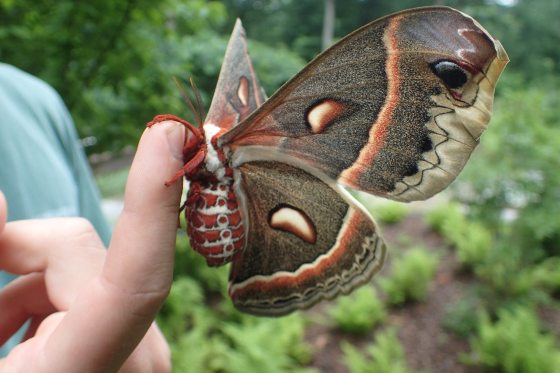
Shedding Light on Moths
This July, in the dark of the new moon, an unusual celebration will be taking place all over the United States. No, it’s not the Fourth of July—it’s National Moth Week! From July 22 through July 30, nature lovers and moth enthusiasts across the country will be celebrating these secretive, under-appreciated insects.
